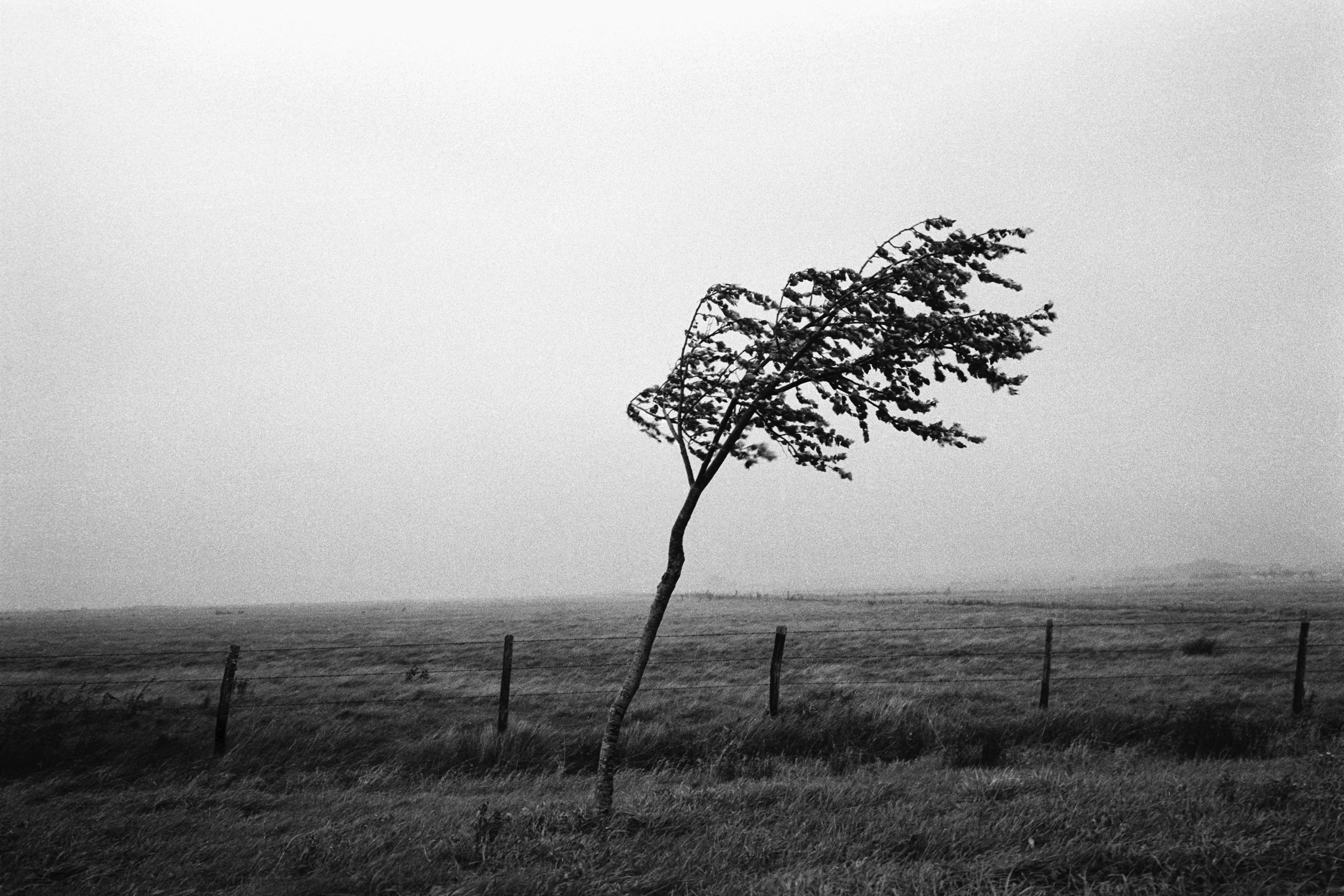
How to be resilient
Life is unpredictable. Brace yourself with a suite of coping mechanisms, internal and external, then deploy them flexibly
by Selda Koydemir

Life is unpredictable. Brace yourself with a suite of coping mechanisms, internal and external, then deploy them flexibly
by Selda Koydemir
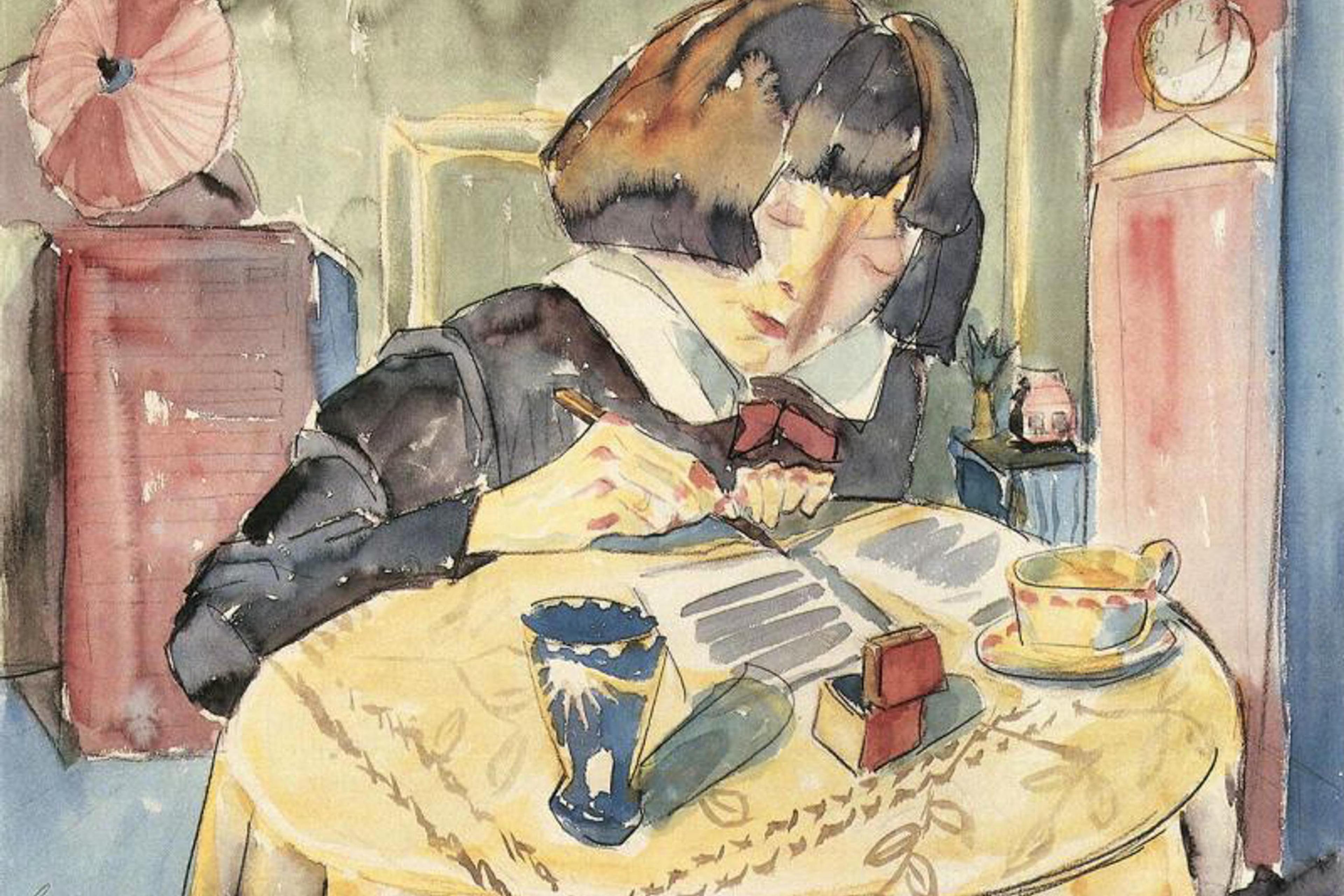
Learning to write about trauma helps you to process the painful experience, and gives you the life skills to overcome it
by Uddipana Goswami

Extended daydreams were a much-needed escape, but turned into a compulsion that crowded out my waking activities
by Zainab Al-Hassani
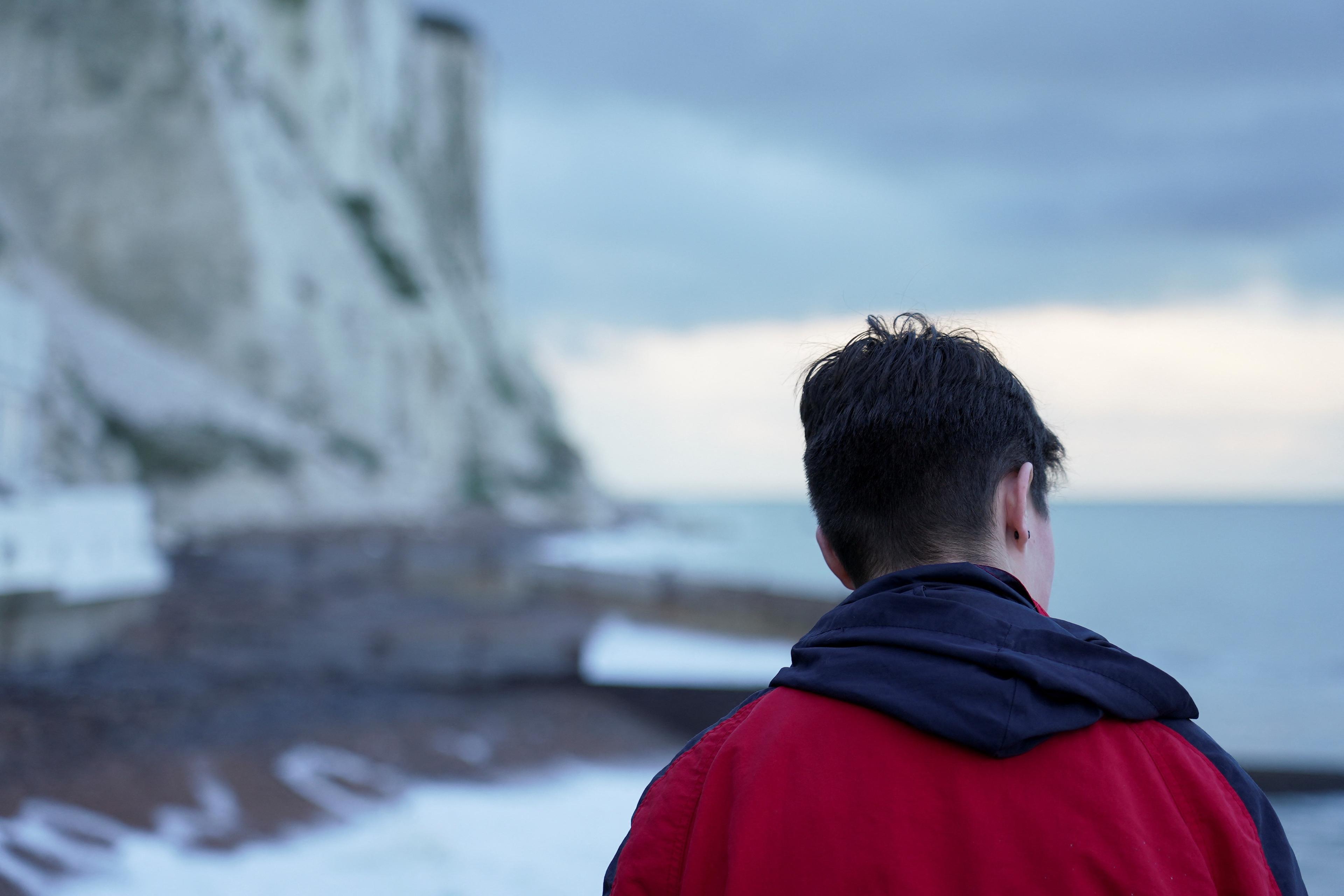
The effects of being bullied can linger for decades, but it’s never too late to heal and reclaim your place in the world
by Stacee Reicherzer
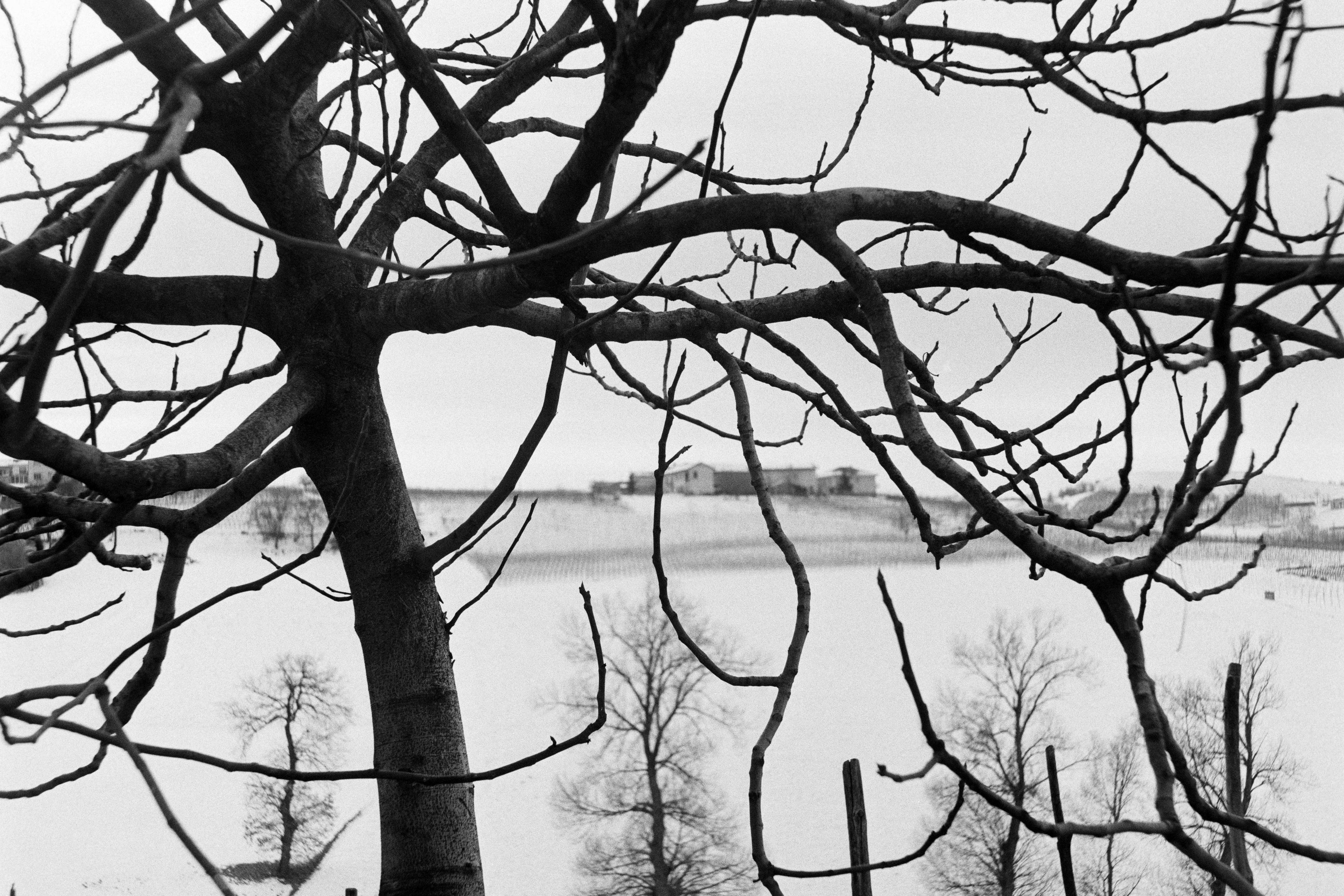
Trees teach us that healing from trauma involves balancing short-term protection with the slower process of adaptation
by Beronda Montgomery
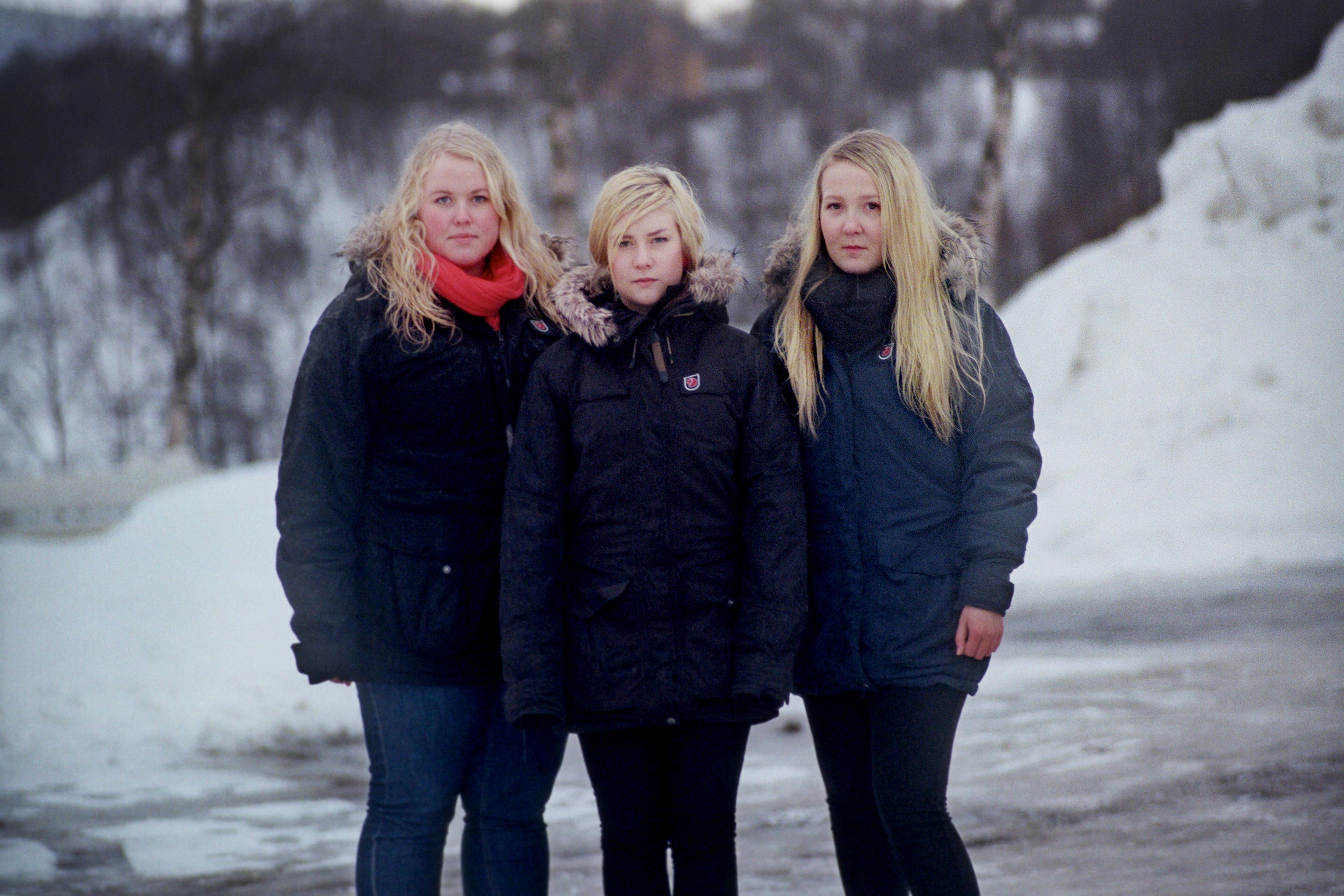
Resilient people have brains that are distinct in their structure and function, providing clues for how to build resilience
by Laura Moreno-López
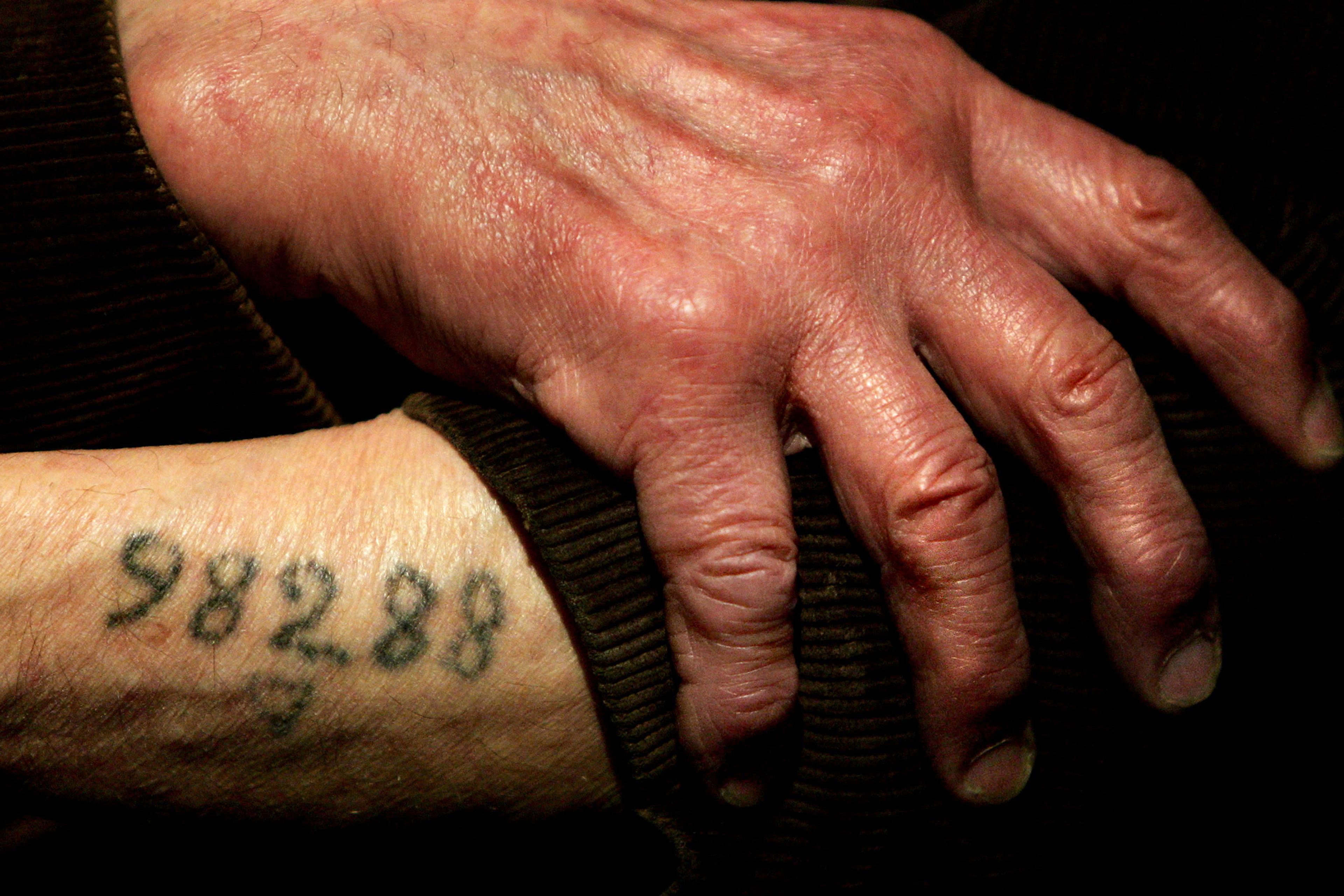
Trauma needn’t be medicalised or replaced with reckless optimism. It can be a catalyst for better stories about ourselves
by Anna Gotlib
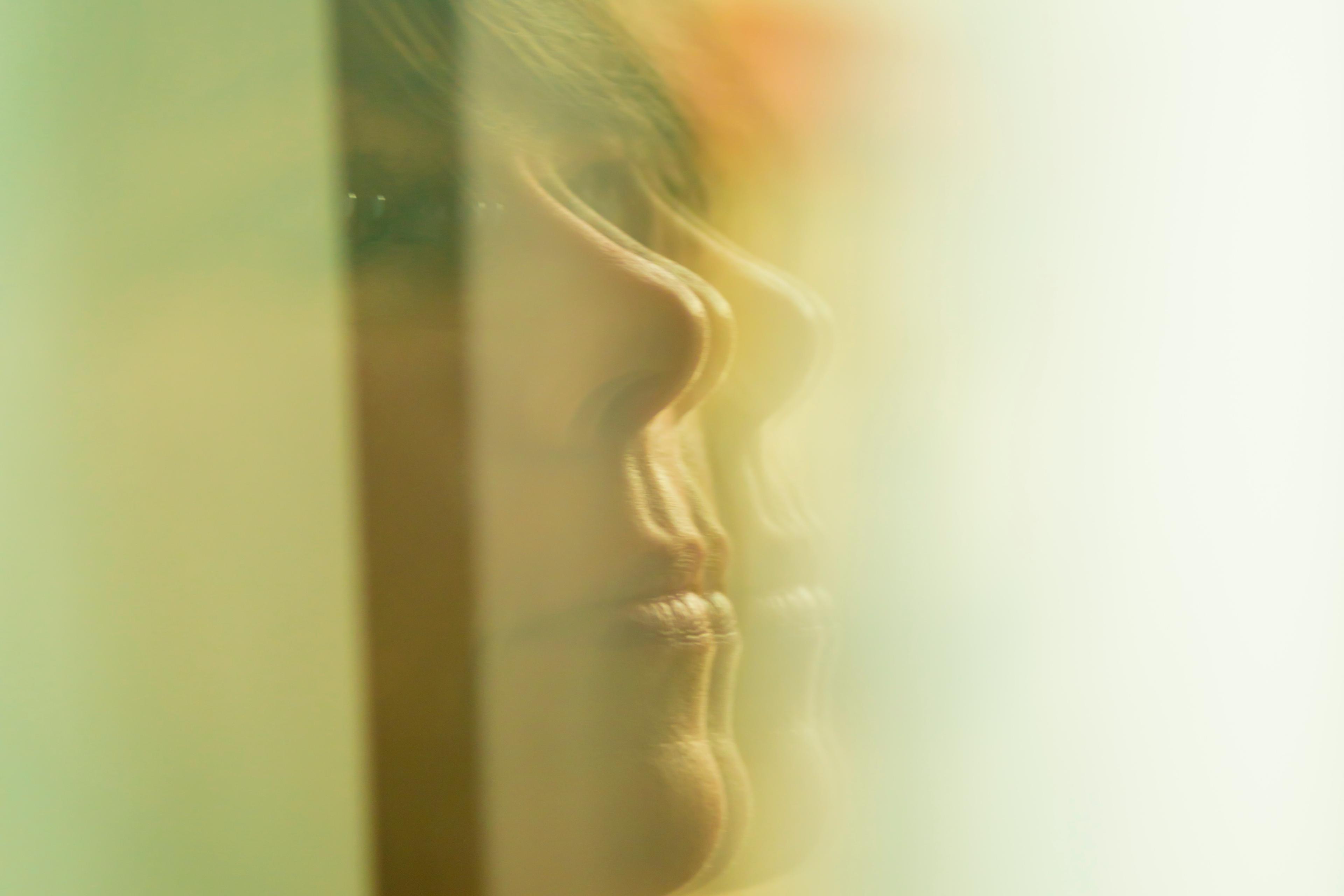
I suffered from PTSD for 10 years without knowing it. Psychodynamic therapy set me free
by Lucia Osborne-Crowley
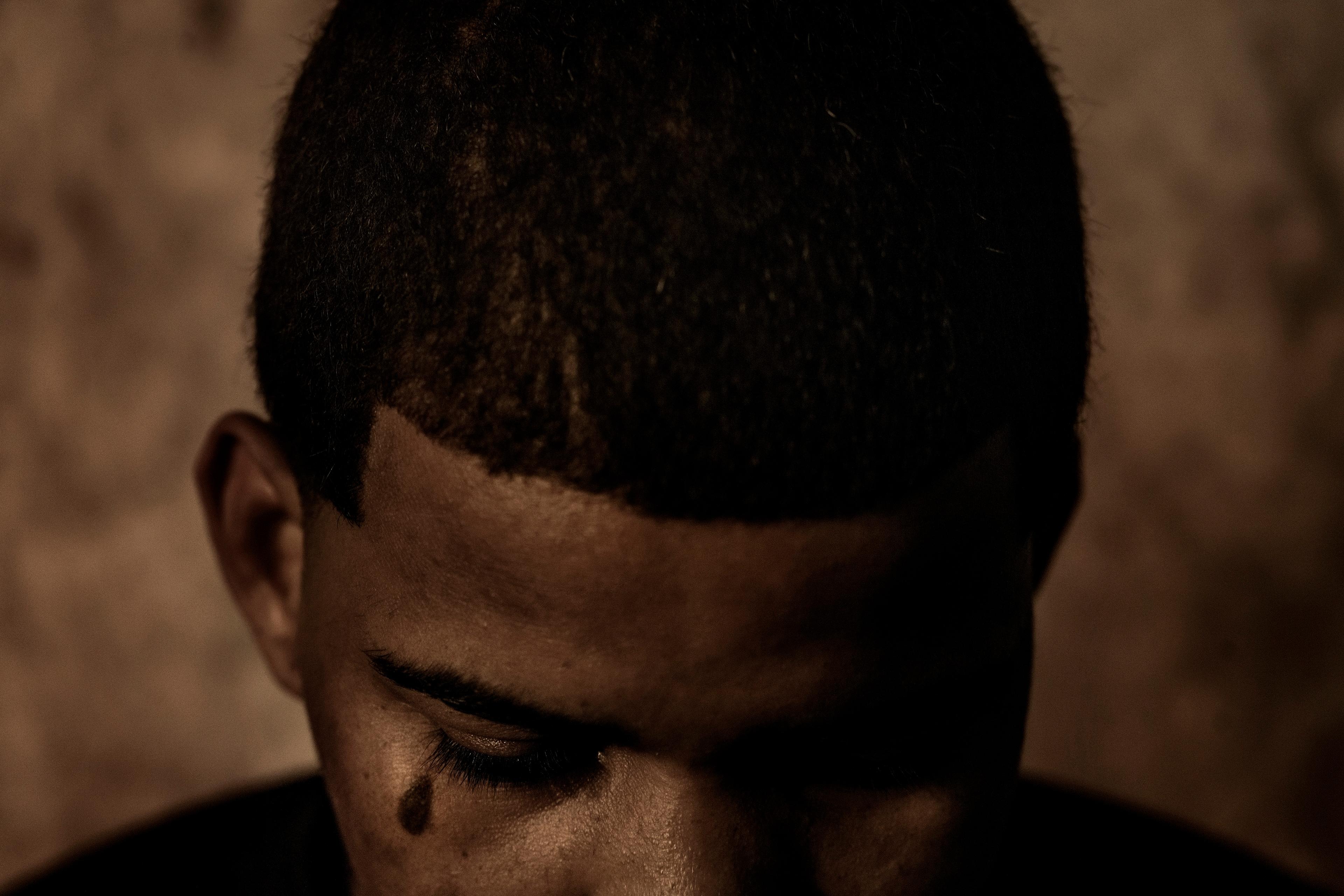
They are too often ignored, yet sex differences affect the kind of trauma people experience and the effect it has on them
by Klára Hanáková
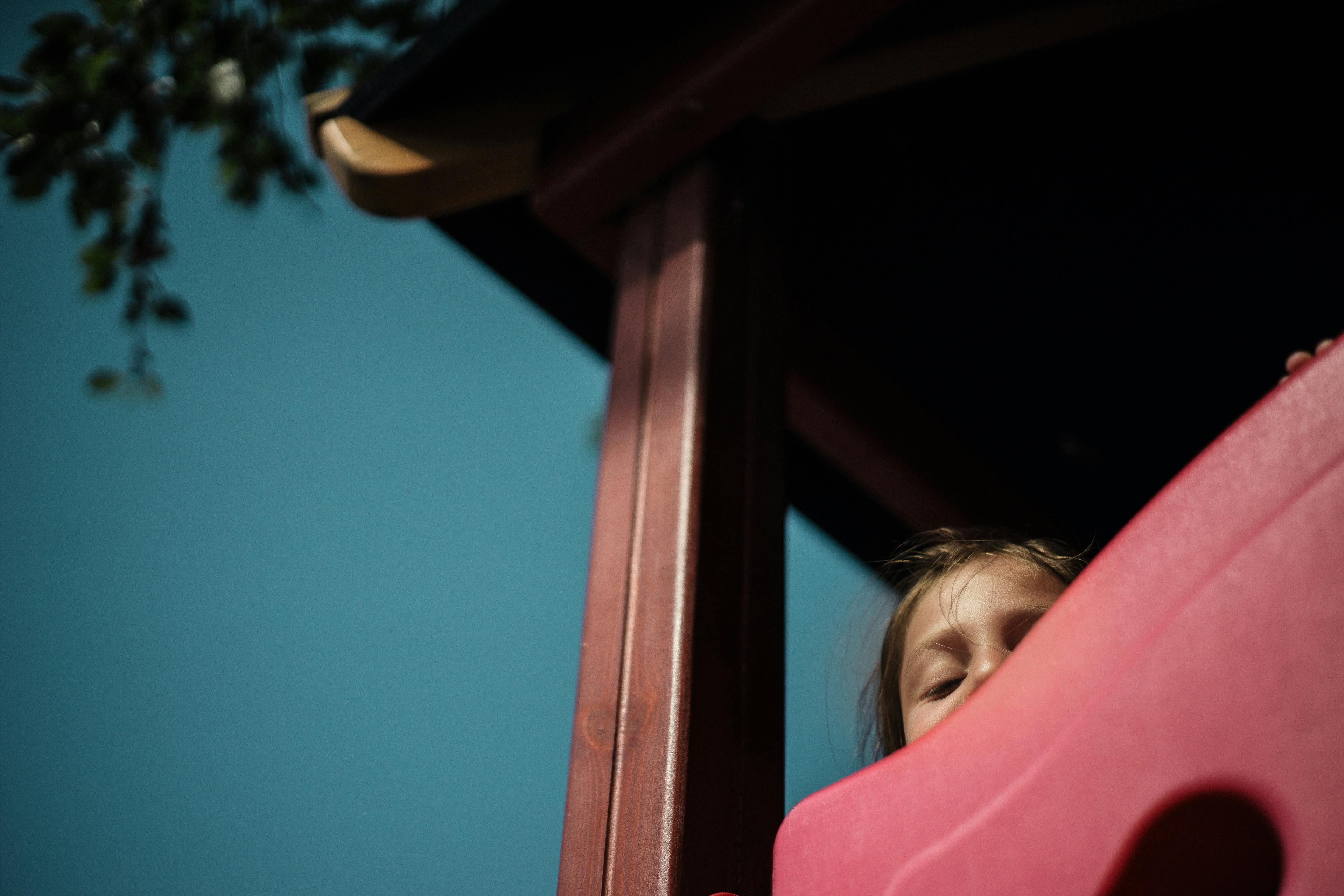
Unravelling the pathways from different forms of childhood maltreatment to mental illness could lead to better treatments
by Anne Alkema & Marco Boks
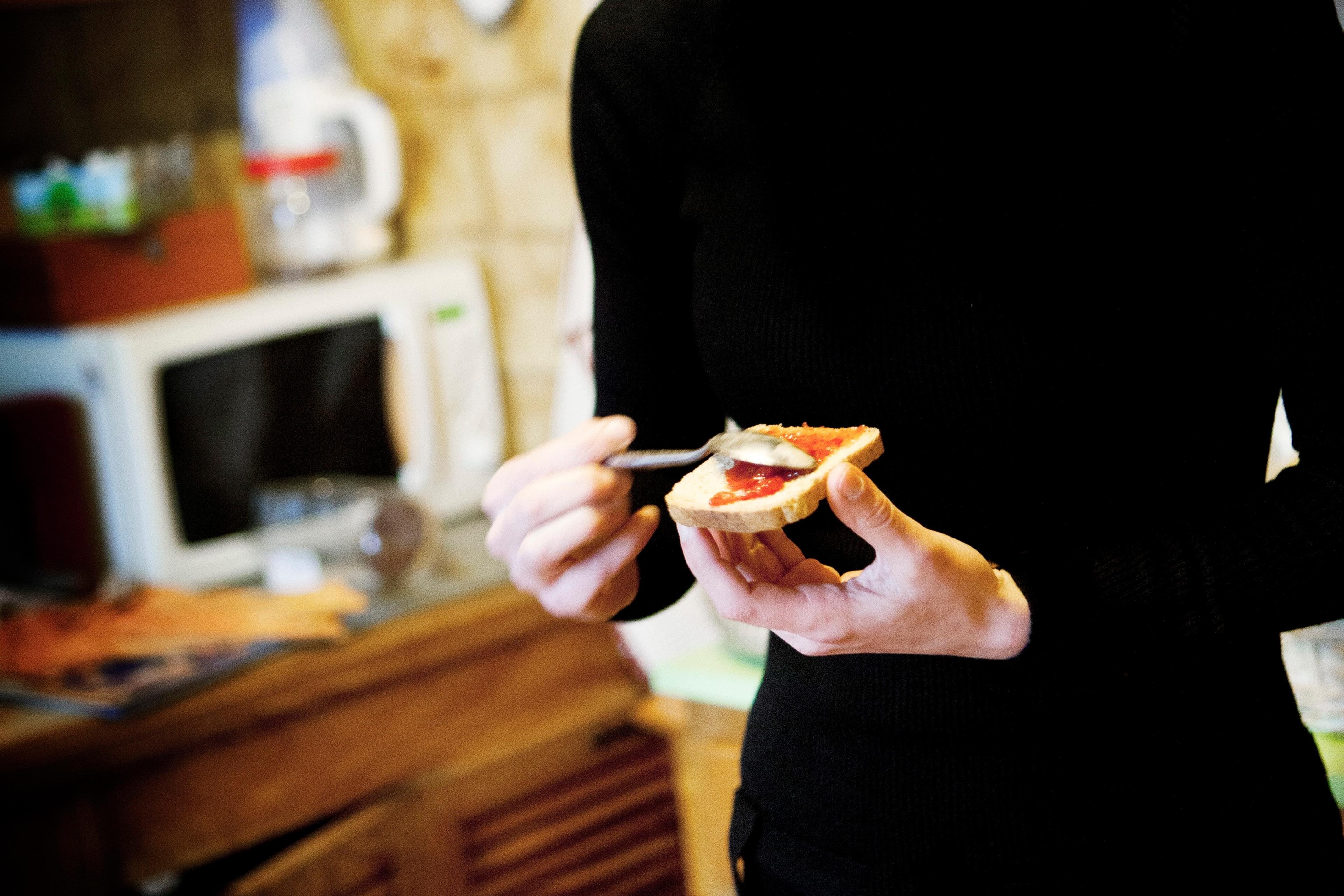
For someone who’s endured trauma, an eating disorder might be one of the aftereffects. That should inform their recovery
by Giulia Suro

Trauma encompasses a variety of experiences and manifests in many ways. But there are risks to stretching the concept too far
by Ahona Guha
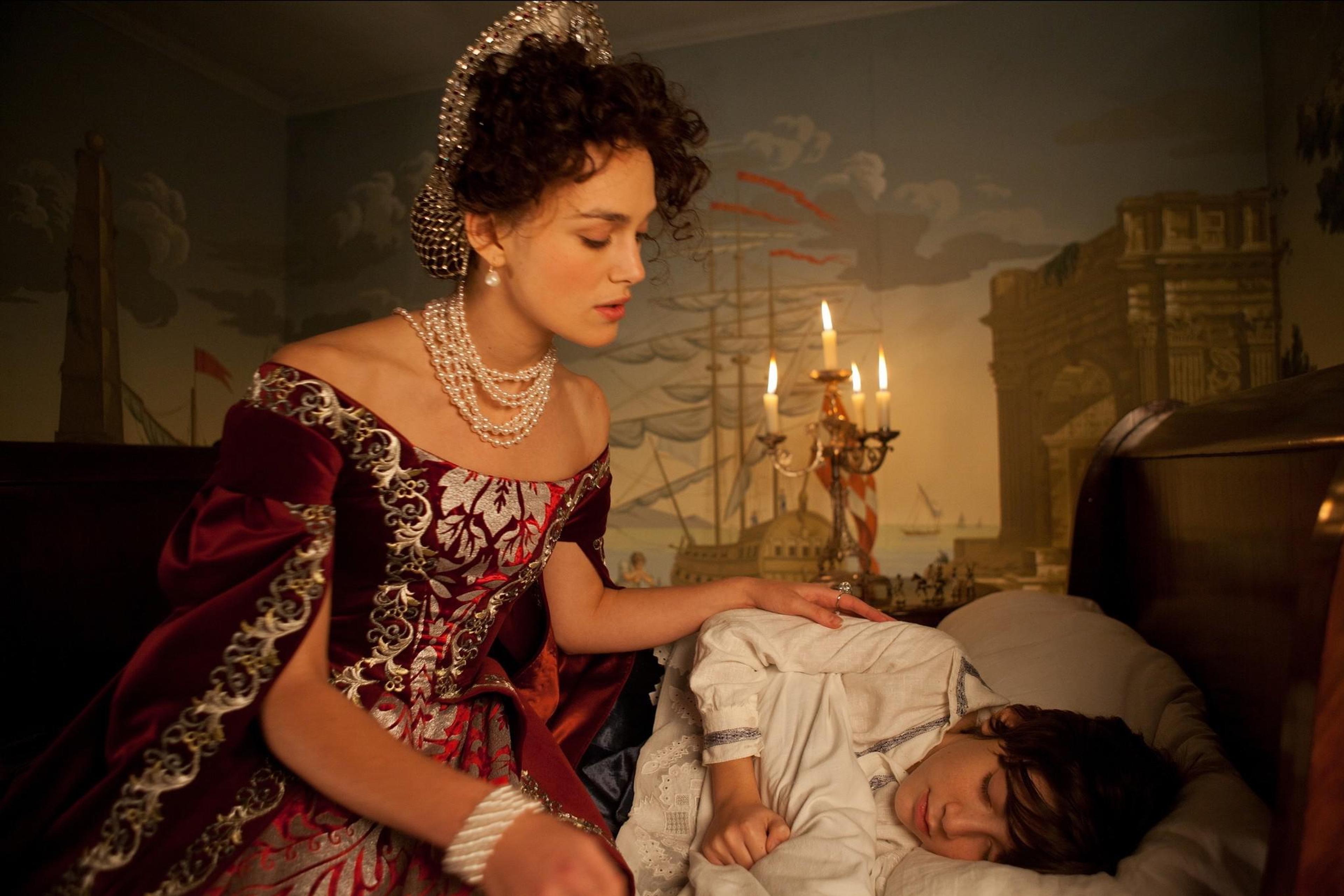
Not too distant and not to close: how rituals help us process trauma, and why watching Anna Karenina helped heal my father
by Christiana Spens
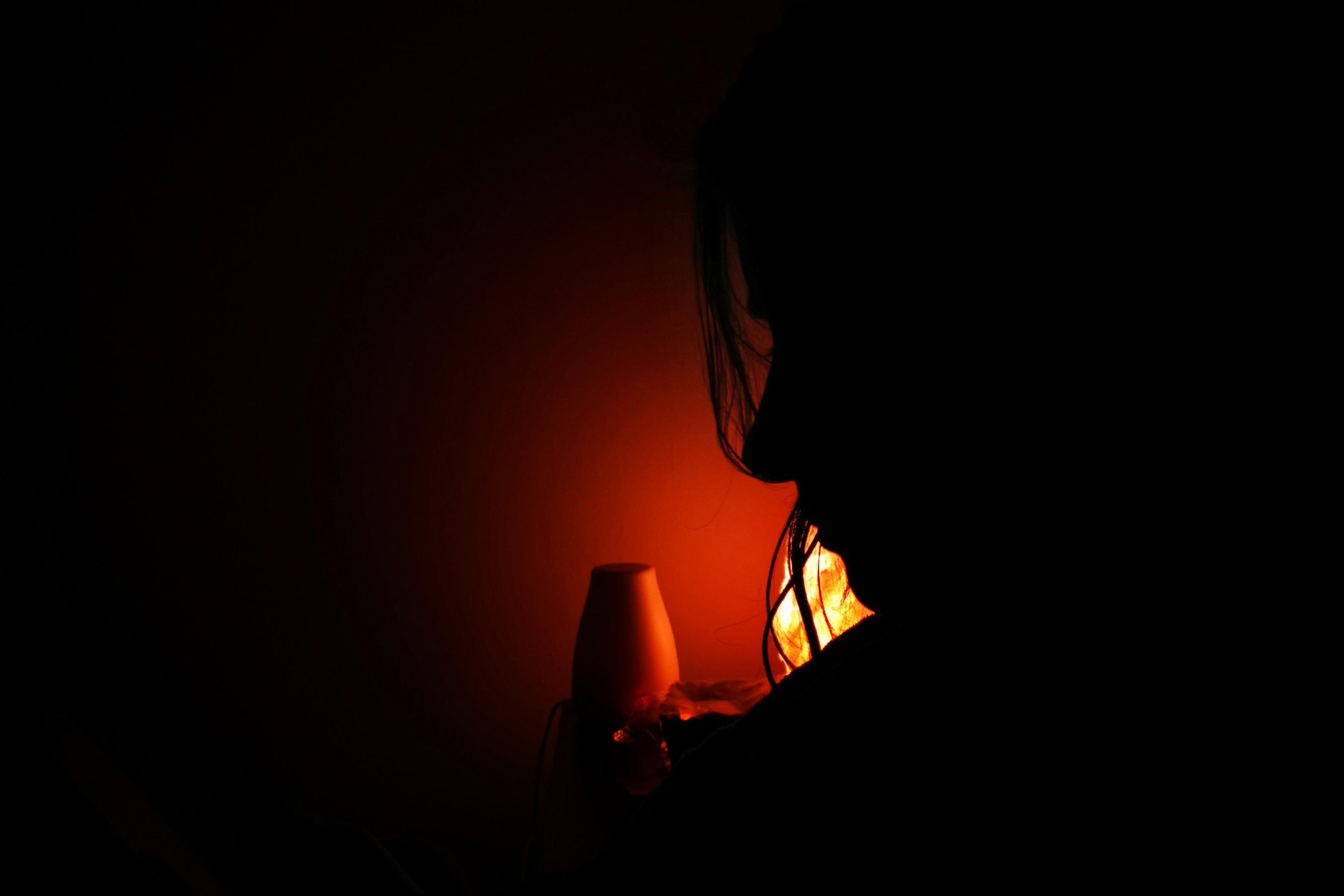
The end of a friendship cracked me apart, triggering hidden memories – and helping me heal old wounds
by Antonia Malchik
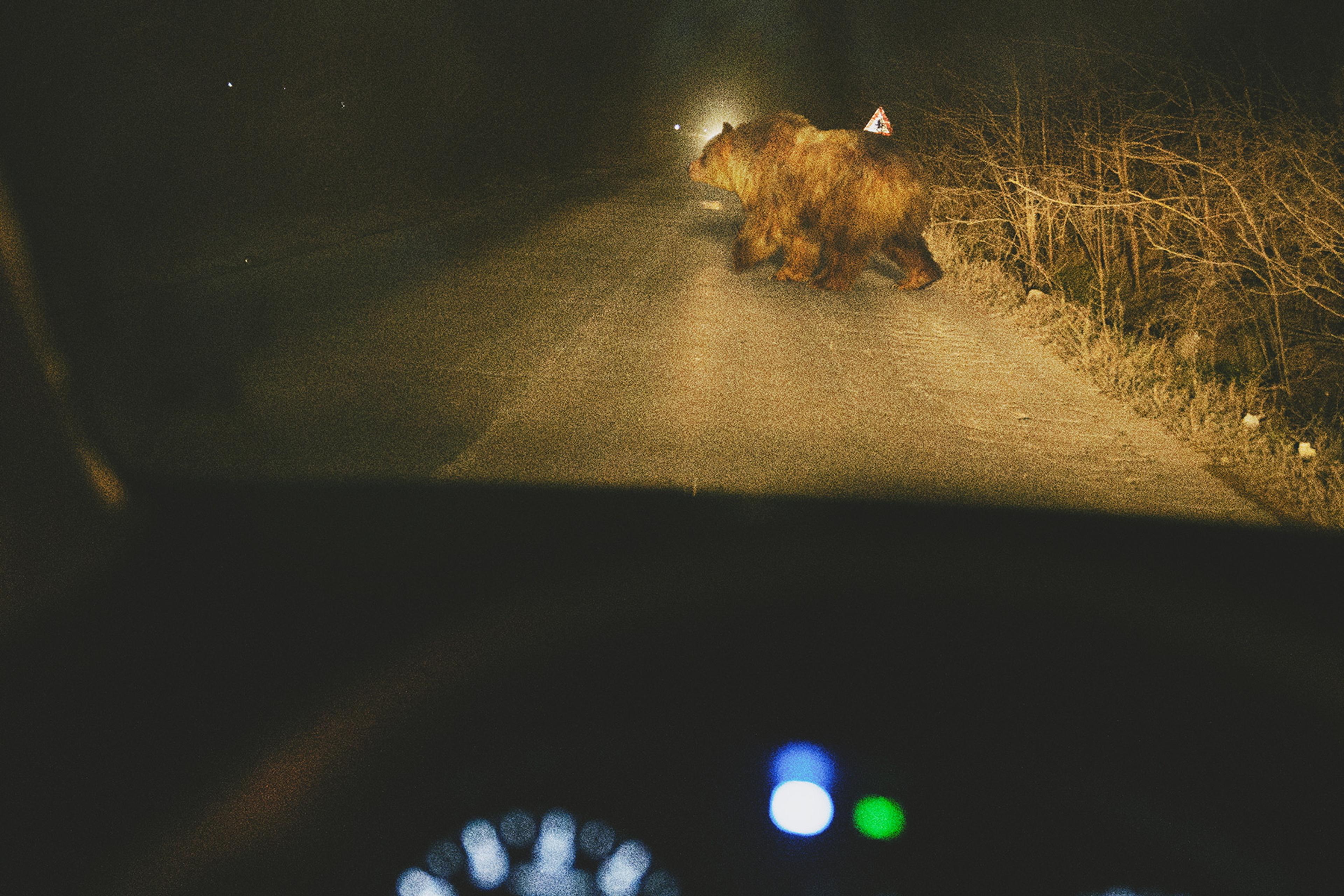
Whether bad dreams stir you awake occasionally or routinely, these pre- and post-nightmare strategies can help alleviate them
by Katy Jakle

History teachers practise on the frontlines of trauma and memory, always at risk of triggering violence and pain
by Nena Močnik